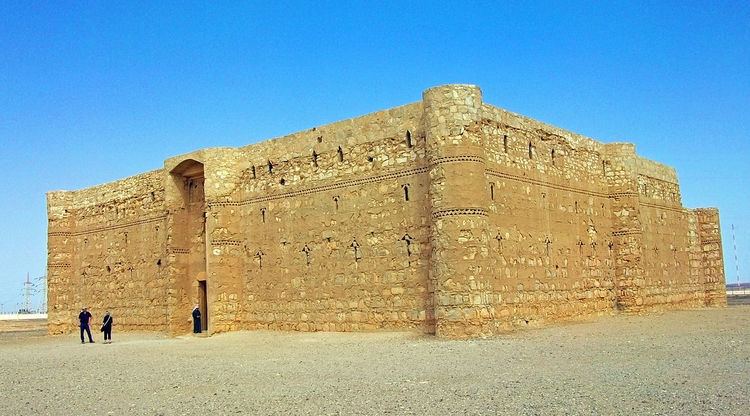 | ||
anliurfa harrana gel harrana wmv
Harrana, named after Qasr Kharana, an archeological Umayyad desert palace in the area, is part of the Jordan eastern plateau some 60 kilometers southeast of Amman city.
Contents
The area is largely uninhabited except for seasonal bedouin sheep and camel herders who bring their livestock to the area during December through April.
Harrana's climate, much like the other parts of the country, is influenced by the moderate Mediterranean climate from the west, the very hot Sahara's climate from the east, and the cold European climate from the north.
Though arid, the area is rich in animal life. Birds, owls, rodents, rabbits, foxes, occasional wolves and hyenas, snakes, and lizards are some of the animals that take refuge in Harrana. A variety of flowering plants bloom during late winter–early spring months including mustard plants, oriental popies, and wild irisis. Cistanche tubulosa, or the desert broomrape, is also another beautiful resident in Harrana blooming towards the end of spring and beginning of summer.
Harrana is significant for its fossil deposits preserved in gigantic limestone concretions that date back to the latest Maastrichtian some 66–67 million years ago, a period notably close to the end-Cretaceous extinction events when many groups of animals such as dinosaurs and as much as 65–70% of all marine animal species became extinct. Mosasaur specimens along with their remarkably well preserved scale imprints have been discovered from late Maastrichtian deposits of the Muwaqqar Chalk Marl Formation of Harrana The best preserved and complete specimens of the extinct teleostean fish genus Saurocephalus and the most complete mosasaur Carinodens remains come from the latest Maastrichtian of Harrana.
